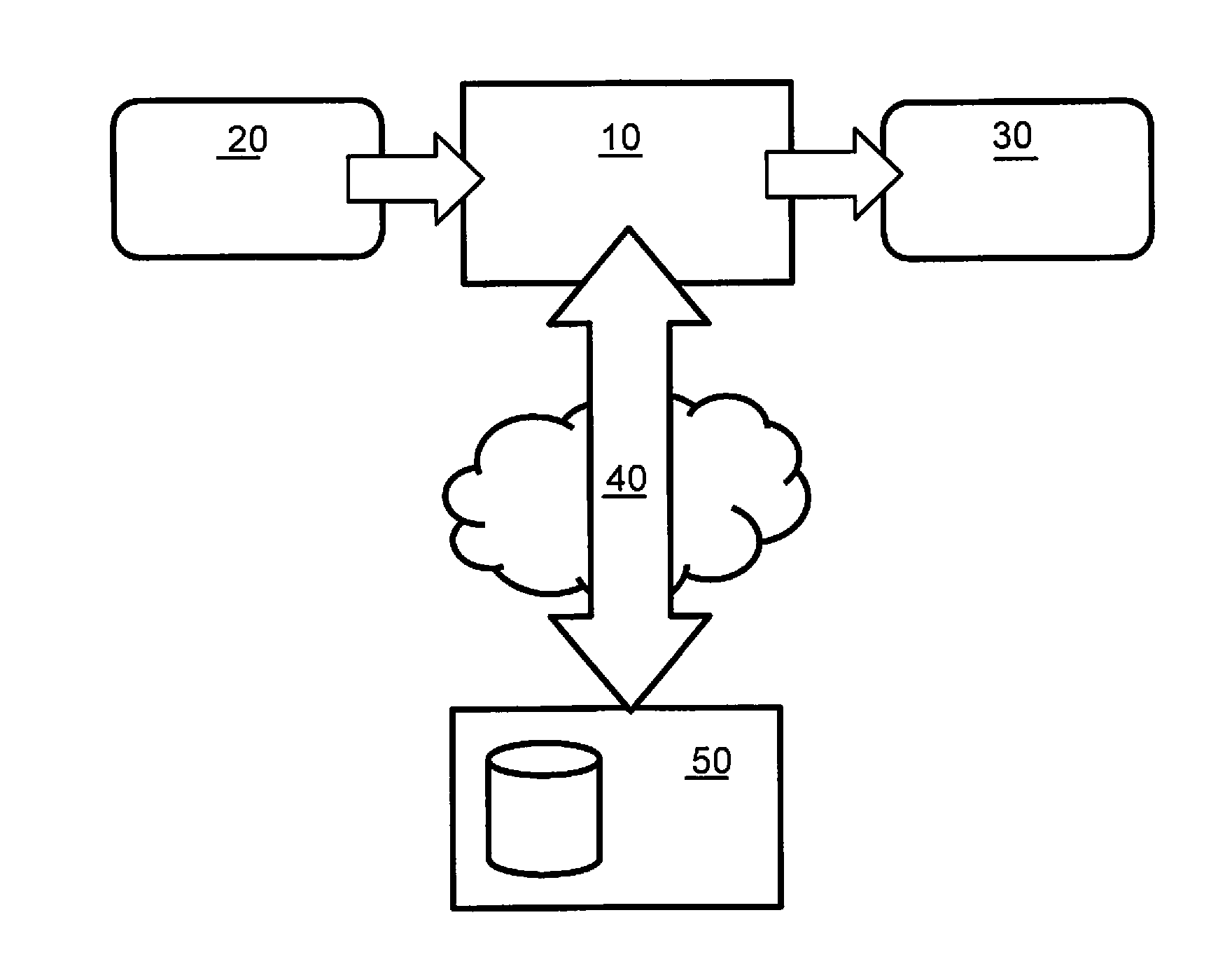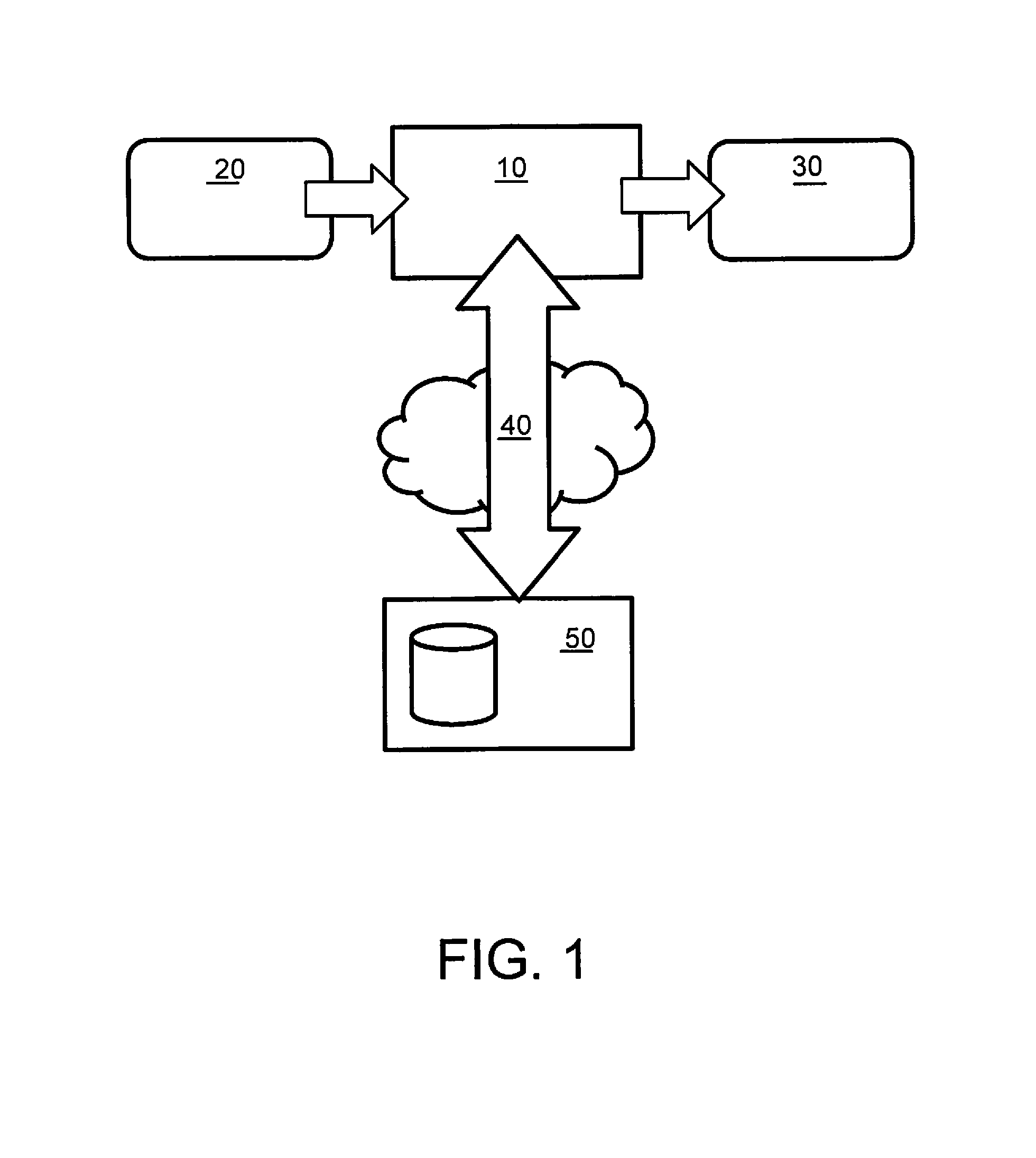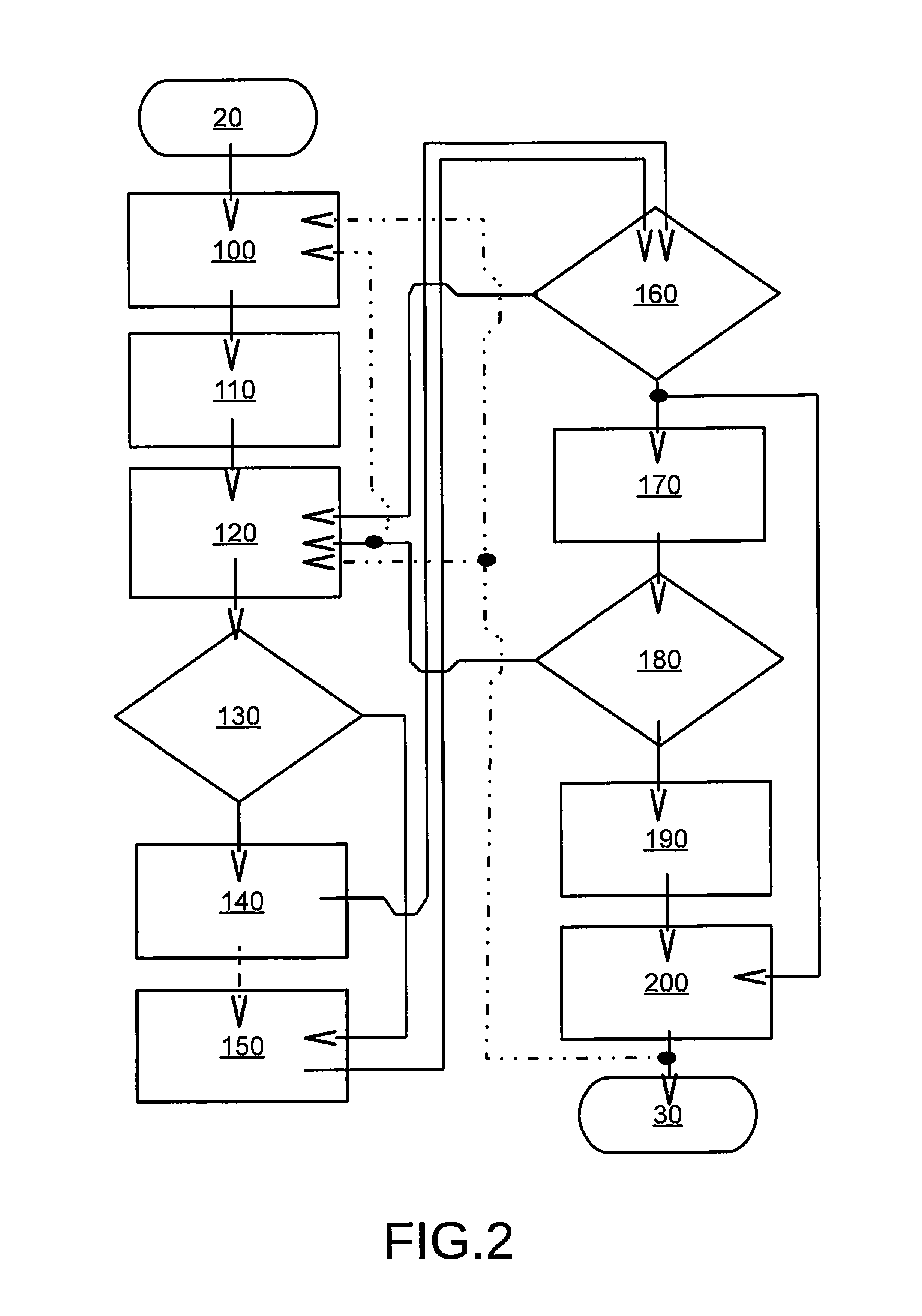Encoder and method
a technology of encoder and encoder, applied in the field of encoder, can solve the problems of reducing the efficiency of the encoder, and reducing the cost of the encoder, so as to achieve the effect of saving both memory bandwidth and memory capacity
- Summary
- Abstract
- Description
- Claims
- Application Information
AI Technical Summary
Benefits of technology
Problems solved by technology
Method used
Image
Examples
Embodiment Construction
[0083]In overview, the embodiments are concerned with encoders and associated methods of encoding input data to generate corresponding encoded output data. The methods are concerned with receiving input data representative of e.g. one or more images and / or one or more audio signals, and then processing the input data in a manner corresponding to at least one of:[0084](a) partitioning each image into blocks which can be of variable size;[0085](b) partitioning the one or more audio signals into packets which can be of variable size;[0086](c) sub-dividing and / or combining blocks of images to form smaller and / or larger blocks which can be of variable size which are more favorable to encode; and[0087](d) sub-dividing and / or combining packets of one or more audio signals to form divided and / or combined packets which are more favorable to encode.
[0088]Moreover, the method includes processing the blocks and / or packets to generate compressed encoded output data representative of the one or m...
PUM
 Login to View More
Login to View More Abstract
Description
Claims
Application Information
 Login to View More
Login to View More - R&D
- Intellectual Property
- Life Sciences
- Materials
- Tech Scout
- Unparalleled Data Quality
- Higher Quality Content
- 60% Fewer Hallucinations
Browse by: Latest US Patents, China's latest patents, Technical Efficacy Thesaurus, Application Domain, Technology Topic, Popular Technical Reports.
© 2025 PatSnap. All rights reserved.Legal|Privacy policy|Modern Slavery Act Transparency Statement|Sitemap|About US| Contact US: help@patsnap.com



